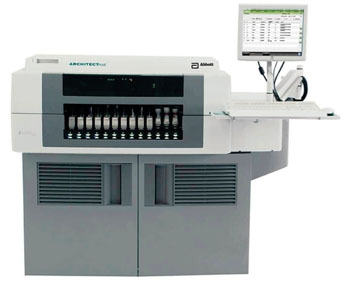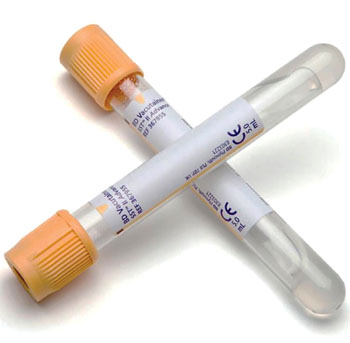Separator Tubes Assessed for Measurement of 25-Hydroxyvitamin D3
By LabMedica International staff writers
Posted on 17 Feb 2016
The accuracy of 25-hydroxyvitamin D3 (25OHD3) measurement on specimens collected into serum separator tubes (SSTs) has been questioned because of possible interference by the gel.Posted on 17 Feb 2016
High performance liquid chromatography (HPLC) and liquid chromatography-tandem mass spectrometry (LC-MS/MS) are still considered the reference methods for vitamin D measurement although commercial immunoassays have been developed to satisfy increased demand for 25OHD measurement.
A team of scientists including those from the Royal Surrey County Hospital and their colleagues in Saudi Arabia collected blood specimens were from 50 healthy volunteers (22 males, 28 females, aged 42.6 ± 11.2 and BMI 27.4 ± 5.2 kg/m2), ten of whom were taking 25OHD3 supplements. Blood specimens were simultaneously collected into plain vacutainer tubes and serum-separating advance vacutainer tubes (SST II) using a standard venesection procedure. Specimens were centrifuged within one hour of blood collection and the serum transferred into secondary tubes. Serum was stored at -80 °C until analysis six months later.
All vacutainers used were from Becton Dickinson (BD; Franklin Lakes, NJ, USA) and 25OHD3 was assayed on serum using high performance liquid chromatography (Waters Corporation; Milford, MA, USA), and immunoassays from Architect (Abbott Diagnostics; Abbott Park, IL, USA) and Liaison (DiaSorin; Saluggia, Italy).
The authors found there were no significant differences between 25OHD3 results (means ± SE, nmol/l) obtained from specimens collected into plain tubes and SSTs assayed by HPLC (39.0 ± 2.7 vs. 39.3 ± 2.7), Liaison (32.9 ± 2.2 vs. 32.8 ± 2.3), or Architect (43.1 ± 2.8 vs. 43.2 ± 2.8). In specimens collected into plain tubes and SSTs, 25OHD3 measurements by HPLC correlated significantly with those from the Architect and Liaison respectively.
The authors concluded that the gel in BD’s SSTs does not interfere with the measurement of 25OHD3 by HPLC or by the commercial immunoassays tested. This important finding may enable clinical laboratories to make cost savings by using SSTs without concerns about inaccuracy. The study was published in the January 2016 issue of the Journal of Clinical Laboratory Analysis.
Related Links:
Royal Surrey County Hospital
Becton Dickinson
Waters Corporation











 Analyzer.jpg)




